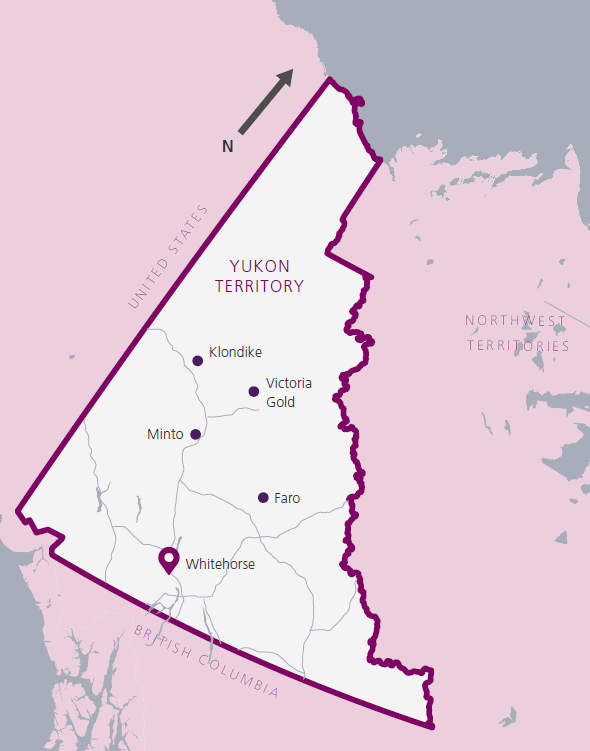Understanding and Assessing Impacts
The average annual temperature has already risen by 3°C in the past fifty years, introducing risks and vulnerabilities associated with shifting shoulder seasons, fall freeze-up occurring later and spring thaw earlier, permafrost degradation, changes in precipitation, and an increase in the frequency and intensity of extreme weather events. Information on understanding the risks these changes have on the mining industry were derived from key informant interviews with mine professionals and document analysis. A semi-structured interview guide was employed, and questions were open-ended to allow respondents to describe their experiences and actions from their perspectives and in terms relevant to their expertise. The interview guide was organized around the themes of vulnerability (exposure-sensitivity and adaptive capacity) and adaptation to climate change. The changing conditions have been documented as exacerbating existing vulnerability in the mining industry, particularly surrounding implications for transportation networks, infrastructure, hydrology and operations. This study demonstrates the different impacts and vulnerabilities associated with different stages of a mine’s lifecycle and the types of responses that have been taken.
